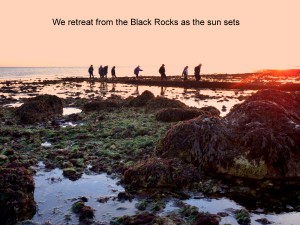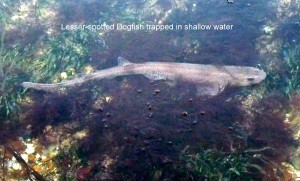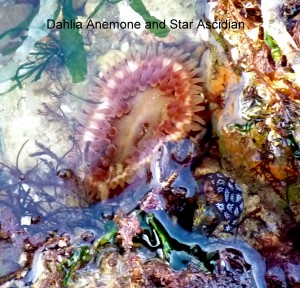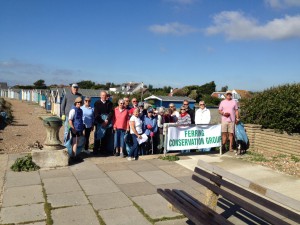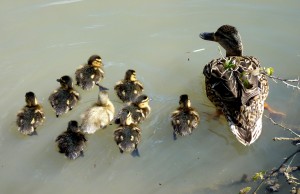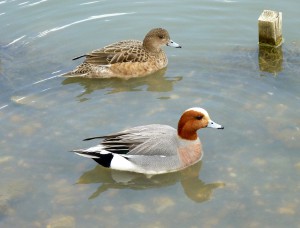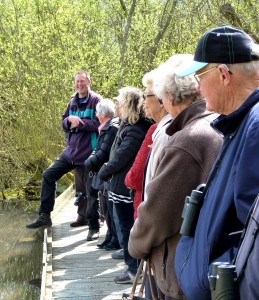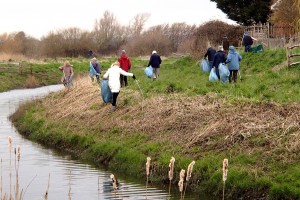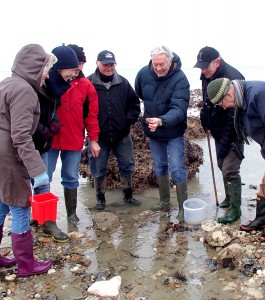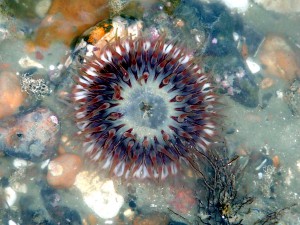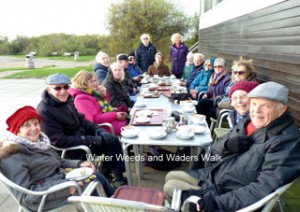On the morning of Sat 7 November, 25 members of Ferring Conservation Group and councillors from Ferring Parish Council braved the rain to carry out their annual clearance of the surrounds of the much loved Warren Pond in the village.
The pond is now under the ownership of the Parish Council and it is being carefully managed for the benefit of local wildlife as a nature reserve. It is particularly well known as a home of a sizeable colony of the much protected Great Crested Newt and any work carried out there is with them very much in mind.
This is the second year of ownership by the Council and the work carried out in less than clement weather on this occasion has improved both the habitat for wildlife and also improved views of the pond for local people to see the various ducks, Moorhens, Little Egrets and Kingfishers amongst others which have been seen there. The work included cutting back brambles and other invasive weeds which can detract from the area if left unchecked.
Three days later on Tuesday 10 November, another group of Conservation Group members planted about 500 daffodil and tulip bulbs on the Village Green. These had been funded by the Parish Council and obtained by Martyn Burkinshaw – the Community Parks Officer for Arun District Council. These were in addition to a similar number of bulbs planted on the Green last year, and hopefully will provide a great display next Spring. The Group also carried out a seasonal tidying up of the Medieval Herb Bed and other shrub beds there.
Chairman of Ferring Conservation Group, David Bettiss said, “These two work mornings demonstrate the commitment of our Group to work with the Parish and District Councils to improve the village for the benefit of local people and wildlife. We value their support, and I must thank our volunteers who turn out time and again to make the extra effort. We would always like to see more people on our work sessions, which are always friendly and enjoyable. Details of future dates when they are arranged can be found by checking our website – www.ferringconservationgroup.co.uk”, or on our village noticeboard.

